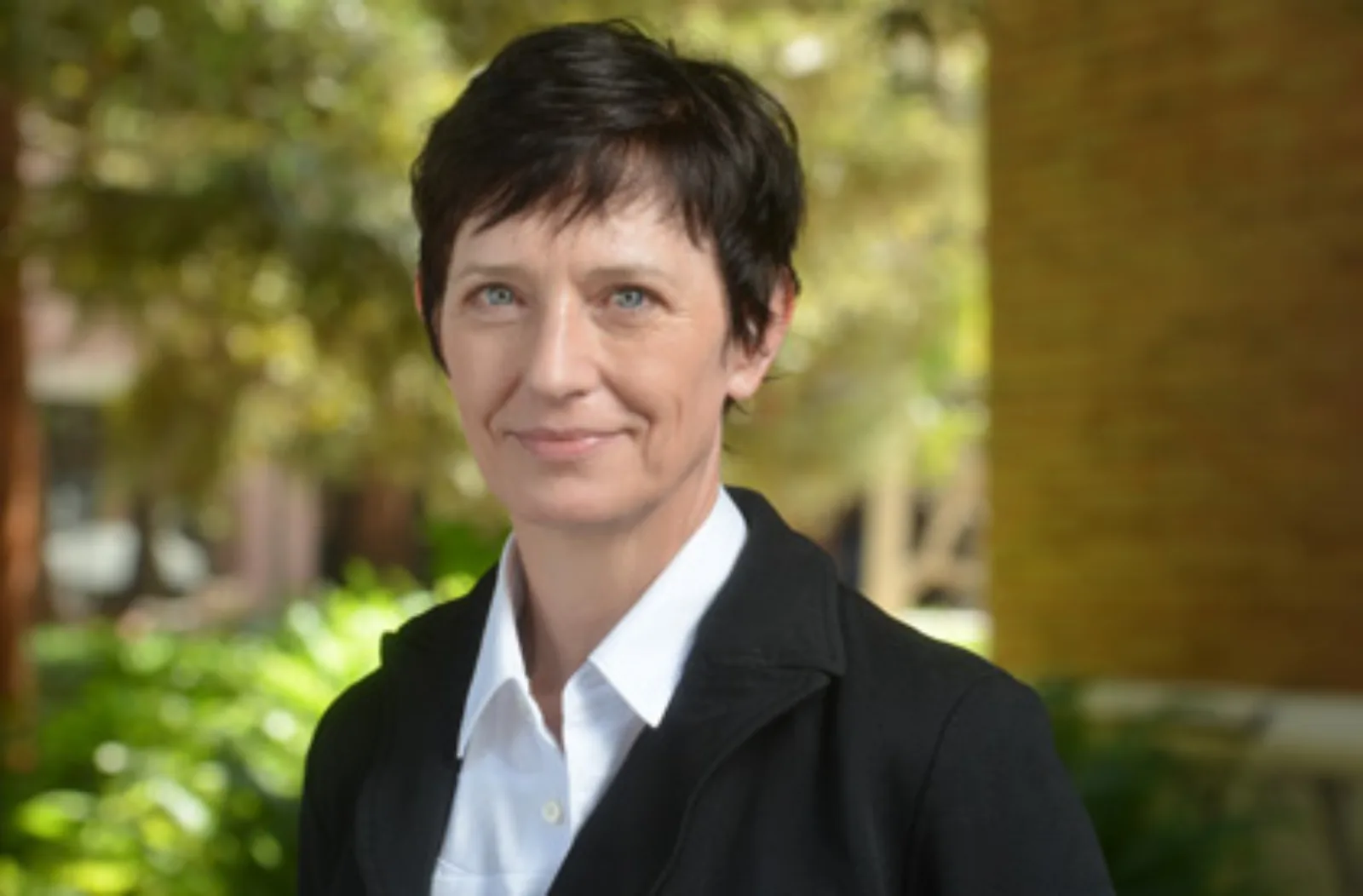Lithic Images, Jacopo Ligozzi, and the Descrizione del Sacro Monte della Vernia (1612), Bronwen Wilson
Cross-hatching converges in inky crevices of rocky escarpments that undulate horizontally across folio sheets in an unusual volume of etchings and engravings that recreates Averna, St. Francis’s retreat. The Descrizione del Sacro Monte della Vernia, devised by the Franciscan Lino Moroni and Jacopo Ligozzi, head of the Academy of drawing in Florence, includes minimal descriptive text. Instead, it is the startling lithic topography and its moveable parts that activate diverse temporal and sensual experiences of sacred loci. One purpose of the volume, as I propose by considering Ligozzi’s designs for pietra dura, was to evoke Francis’s special relation to Christ through understandings of stone as a living substance.
Ariosto’s Orlando furioso from woodcuts to frescos, Federica Caneparo
Ludovico Ariosto’s Orlando furioso was born with emblematic woodcuts commissioned by its author, but without illustrations related to its content. Woodcuts appeared some fifteen years later, and created new iconographic motifs. As Orlando furioso became the best seller of 16th-century Italy, frescoes inspired to the poem flourished all over the Italian peninsula, frequently taking inspiration from book illustrations. This paper will analyse three of the most relevant illustrated editions of Ariosto’s Orlando furioso, together with well-known frescos and recently-emerged mural paintings, while addressing questions about canonicity, uniqueness, seriality and reproducibility.
